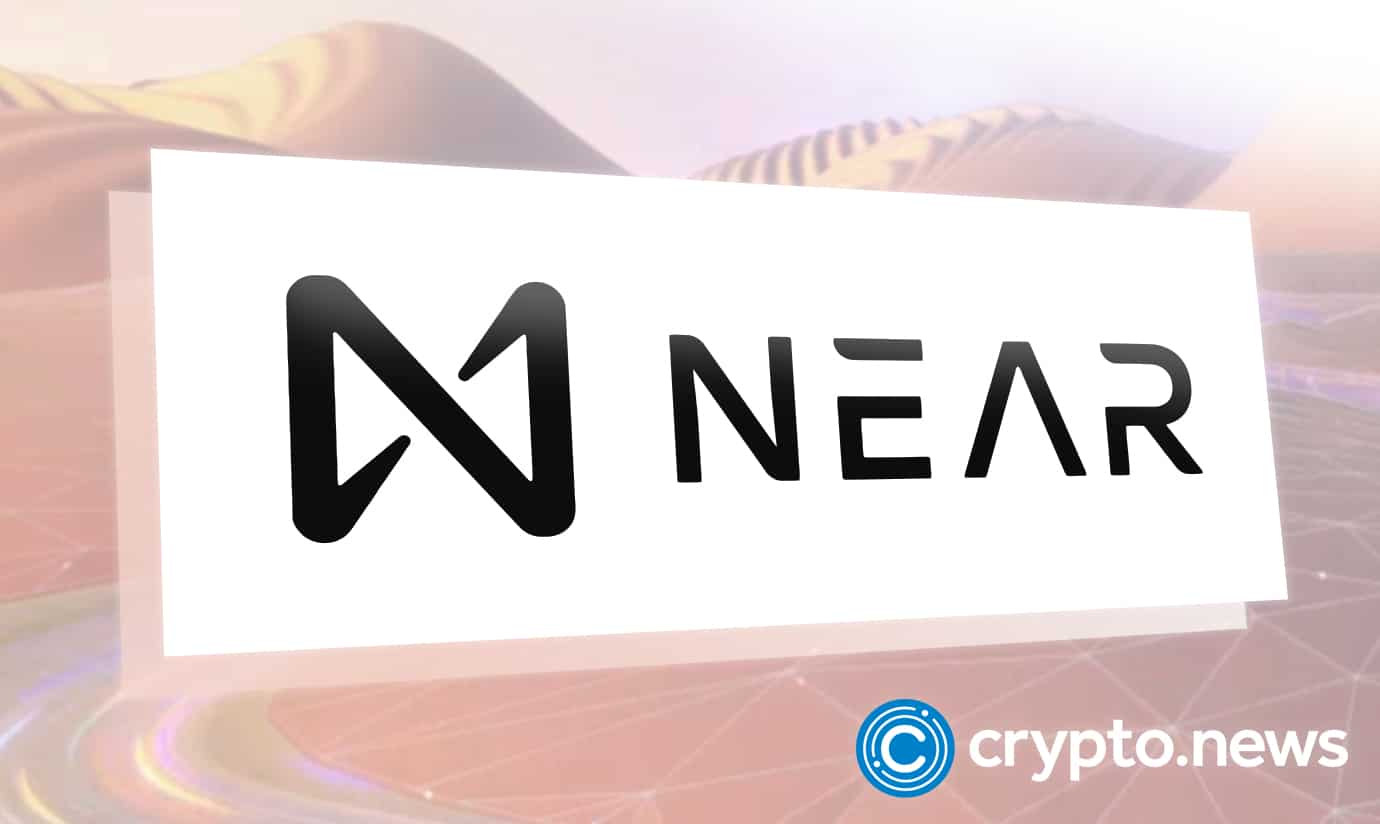NEAR Protocol: An Innovative Ethereum Competitor

NEAR Protocol is a decentralized application platform that offers higher scalability and user-friendliness as compared with most of the existing solutions. The proof-of-stake algorithm with the comprehensive sharding technology contributes to the higher scalability and lower fees for users. NEAR Protocol’s native token is NEAR, and it is used for covering storage and transaction fees in the system. Staking is also available, thus enabling the token’s holders to generate additional passive income by participating in the validation of NEAR Protocol’s transactions.
NEAR Protocol also provides functionality for NFTs and complementary protocols that may be adjusted to users’ specific needs. NEAR Protocol offers layer-2 solutions developed on the basis of Ethereum’s blockchain. NEAR tokens are also widely used as collateral for storing data. The portion of each transaction fee is burned, contributing to the higher overall scarcity of NEAR tokens in the long term.
NEAR’s Potential as Ethereum’s Competitor
Although NEAR is an ERC20 token, it significantly extends Ethereum’s functionality and may become its competitor in the following months in regards to providing more scalable and decentralized solutions to its users. Lower gas and transaction fees may attract cost-sensitive consumers, thus contributing to the growing adoption of NEAR. NEAR Protocol enables creating new decentralized applications on its basis, and it may contribute to the higher demand for its technological solutions and tokens in the following months. The protocol also provides users with the possibility of receiving a percentage of transaction fees associated with the use of specific applications. Thus, the options for obtaining passive income also increase proportionally in this context.

NEAR demonstrates the long-term positive dynamics of its token’s price that exceeds the average growth of the crypto market. Moreover, NEAR’s price tends to increase not only in USD but also in ETH, confirming the growing demand for decentralized solutions and more flexible protocols that may offer higher scalability at lower fees.
Future changes in the market will depend on the following major factors: the overall dynamics of the crypto industry, including BTC; Ethereum’s progression toward Ethereum 2.0 and the balance between the demand for Ethereum’s network and its technological capabilities; and the scope of innovations achieved by NEAR Protocol’s developers in the near future.
Although the current level of market uncertainty is comparatively high, NEAR Protocol’s managers and developers demonstrate high adaptability to the changing external requests of their users and other stakeholders.

In the short run, the major resistance level corresponds to the price of about $8.00, and it is not likely that NEAR’s price will decline below that level within the following three months.
At the same time, the overall negative dynamics of the crypto market may cause short-term price decline to the resistance level with the subsequent price increase to the level observed in the past several months. NEAR’s current price is $11.10, indicating the lack of consensus among investors regarding expected profitability and regulatory changes that may be introduced in the US and other countries in February and March.














